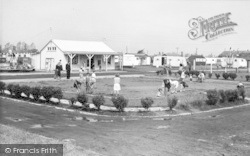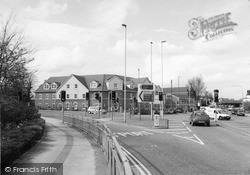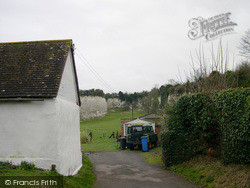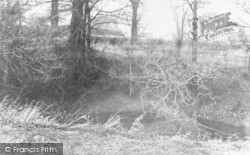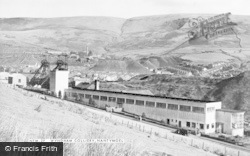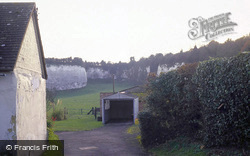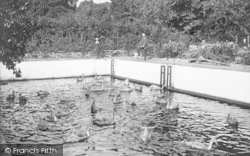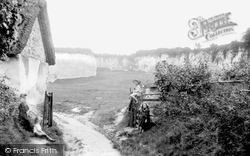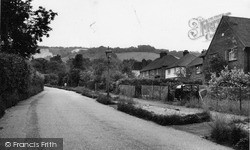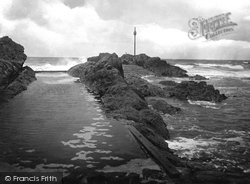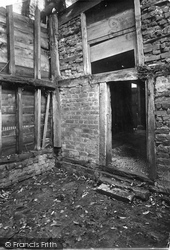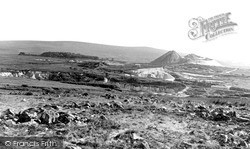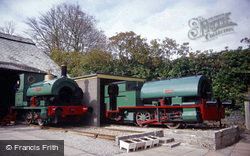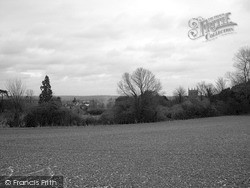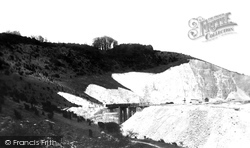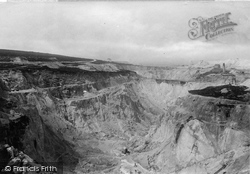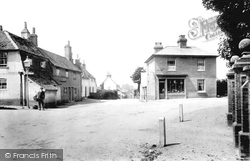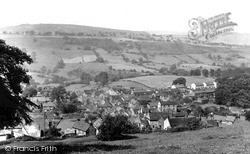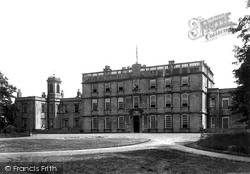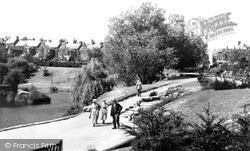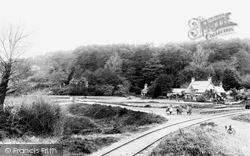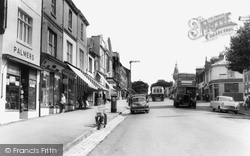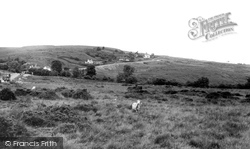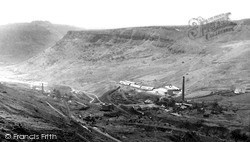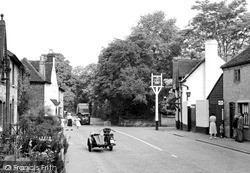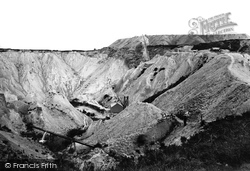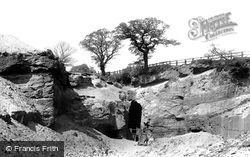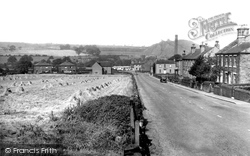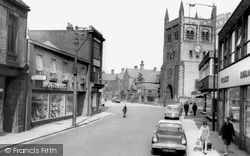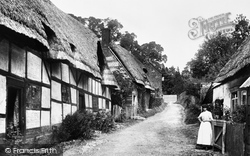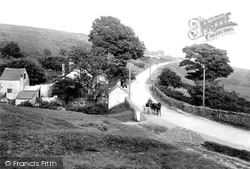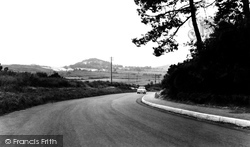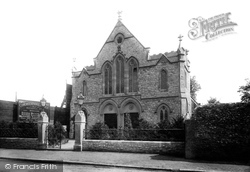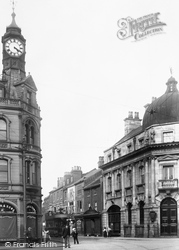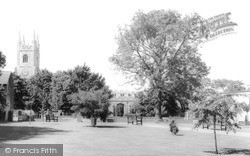Places
15 places found.
Those places high-lighted have photos. All locations may have maps, books and memories.
- Pit, Gwent
- Talke Pits, Staffordshire
- Tunnel Pits, Humberside
- Fenton Pits, Cornwall
- Bedwellty Pits, Gwent
- Slay Pits, Yorkshire
- Tre-pit, South Glamorgan
- Bailey Pit, Gwent
- Moss Pit, Staffordshire
- Red Pits, Norfolk
- Gore Pit, Essex
- White Pit, Lincolnshire
- Even Pits, Hereford & Worcester
- Forest Coal Pit, Gwent
- Michaelston-le-Pit, South Glamorgan
Photos
89 photos found. Showing results 41 to 60.
Maps
84 maps found.
Books
Sorry, no books were found that related to your search.
Memories
867 memories found. Showing results 21 to 30.
Growing Up In Earl Shilton
I have fond memories of Earl Shilton around the 1950s. My first school was in Wood Street where I lived in a little old cottage, now knocked down. I remember celebrating Queen Elizabeth II's coronation at the school, ...Read more
A memory of Earl Shilton in 1950 by
Cramlington Co Op
My family and I used to live at Forest Hall. My grandfather John, Malone, was General Manager for the Co-op, in Cramlington, Forest Hall, Blyth, Seaton Delaval, and Westmoor. I have memories of going with him on a Saturday ...Read more
A memory of Cramlington by
Talke A Forgotten Village
As you proceed north along the A34 towards the Cheshire border you will approach Talke traffic lights and on the left and right side of the road there are two areas of grassed land. This grassed area was once the village of ...Read more
A memory of Talke in 1959
Chairman Of Abram Bamfurlong And Bikershaw
My father Ernest Peter Houghton was chairman of the local council 3 times. He was Labour councillor for over 30 years and was well respected in the community. During one of his terms of ...Read more
A memory of Bamfurlong in 1949 by
Born In Fenny Stratford
I was born at number 8 Woodbine Terrace; in attendance was nurse Brinklow the local midwife and Dr Gleeve. My parents were Jim and Vera Cusack. Just after the begining of the war my mother, ...Read more
A memory of Fenny Stratford in 1948 by
Boyhood Memories From 1952
It was around this time that the tram lines were taken up from Sunderland Road in Gateshead. The men stored the old lines in Somerset Street and Devonshire Street. As boys we would dig up the tar from around the streets ...Read more
A memory of Gateshead in 1952 by
Swimming Above Stepping Stones Weir At Bothal
Our Mam being an Ashington lassie, we returned to her birthplace when Mam divorced my father who she met before the Second World War - that was when Mam was in London and working in 'service'. We were ...Read more
A memory of Bothal in 1949 by
Looking Back To The Early Days
I was born in rented 'rooms' at Wordsworth Road in 1936 and came to move with my parents to five different addresses at Easington before I moved away from the area, when I married in 1963. But although my ...Read more
A memory of Easington Colliery in 1900 by
Growing Up In A Small Village
My parents moved to Twycross from London in the early 1960s. We lived on Sheepy Road next door to Mr Charlie Brooks and Louie Jones. On the opposite side were Stan and Ilma Jones and Len Gibbs and his daughter Joan. I ...Read more
A memory of Twycross by
Burrow Hill Today
Burrow Hill School is now derelict. It closed in 1998 and I have just walked past the boarded-up site this afternoon. Although I have lived in Frimley Green since 1993 and seen one of its main buildings from within a housing ...Read more
A memory of Frimley Green by
Captions
118 captions found. Showing results 49 to 72.
French soldiers were held as prisoners at Odiham during the Napoleonic wars, living in a camp dug out of an old chalk pit. The churchyard contains the graves of several prisoners.
The Chalk Pits industrial and historical museum is nearby, next to the main line railway station.
The village of Winster is one of the most complete 18th-century villages in Derbyshire, founded on the wealth won from the numerous lead mines which still pit the fields which surround it.
had become one of the leading ironmasters in South Yorkshire, thanks to a leasing arrangement with the Earl of Shrewsbury which gave him access to Shrewsbury charcoal woods and coal and ironstone pits
Fritton Lake, like the Broads, originated as a series of peat pits in the medieval period. It was later used as a duck decoy. The ducks were drawn into the decoy by the decoy man's dog.
Since its official opening in Coronation year (1953) by Sir Noel Arkell, this area in the centre of the town has been known as Queens Park.
Coppet Hall's name is believed to be derived from 'coal pit haul': before the laying of the railway track in the 1870s, a tramline existed on which coal was hauled on horse-drawn trucks to
Bishopsteignton was once a rich manor belonging to the Bishops of Exeter; in the 19th century it was producing thousands of tons of ball clay (so called because when dug it tends to ball up like ice cream
A few doors up is the distinctive facade of a small cinema, or 'flea pit' as they were sometimes known.
However, people have always lived here, and the hillside is covered with the remains of bell pits - ancient open-cast mines where people have dug for coal from the 13th century.
Most of the Rhondda was deep pit mining but there is evidence, in the right foreground, of some open cast mining on a small scale.
Some of the buildings in the village are built from a grey stone quarried from the fuller's earth pits.
Carclaze started as an open excavation for tin, and it was often visited by tourists in the early 19th century. Only later did it become a china clay working.
Copper (and also, to a lesser degree, lead) have been mined here since Roman times, so that the whole area of hillside behind the town is said to have dozens of pits, caves and tunnels.
mixture of a rural and industrial landscapes; to the left, corn is stacked up in stooks ready for harvesting, while to the right, behind the houses, a chimney and the huge shape of the spoil tip of the pit
An iron works was opened in 1837, but it was the discovery two years later of ironstone deposits at nearby Shotley Bridge, and the opening of coal pits during the 1840s, that sparked off the town's growth
In the garden of No 2, on the bottom left of the picture, a plague pit was found with the remains of five skeletons, a legacy of the Black Death in 1348- 9.
South Shields was not only a port with shipyards and ship repairers; it was also a colliery town, with a pit almost in the town centre.
This picture looks down the village of Wales towards Kiveton Park, both pit villages which boomed from 1867 during the heyday of the South Yorkshire coalfield.
The sides are covered with the remains of bell pits, ancient open-cast mines where people have dug for coal since the 13th century.
Trees now obscure this view, but the surrounding heathland has become even more scarred by clay pits, sand extraction and a brickworks.
The Congregational Church stood to the east of the police station on the south side of Carshalton Road, until it was demolished in 1976 as part of a scheme of road improvements.
It was down Baxtergate that Freeman, Hardy and Willis had their branch. Coal mining was a major employer: Doncaster was ringed with pit villages.
This beautiful sunken garden has been created in a disused gravel pit. Following the death of the owner, the site was acquired by the town and first opened to the public in 1960.
Places (15)
Photos (89)
Memories (867)
Books (0)
Maps (84)




